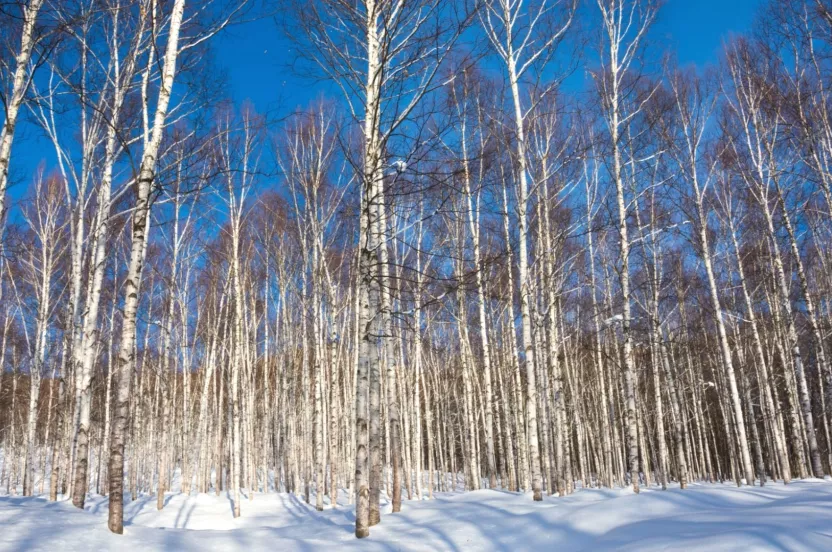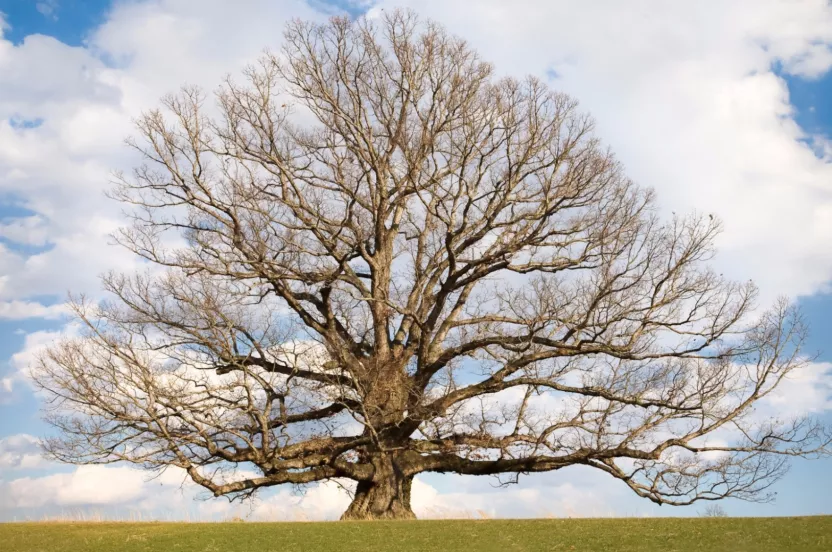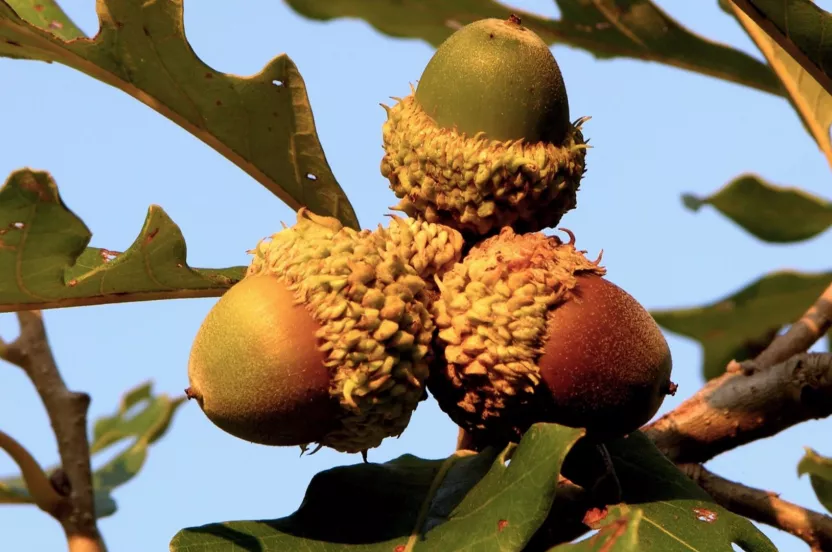The Arbor Day Foundation is pledging 10 million trees to areas impacted by hurricanes Helene, Milton Help us replant
Abies procera
The Noble fir is no stranger to the mountains. A native to the Cascade and Coastal ranges of the northwest, this subalpine beauty is a tree of resilience and strength. It is the largest native fir in North America, and often comes aggressively after a disturbance, such as a fire. Its name comes from the Latin Abies nobilis, the scientific name is had before it was discovered that the name was already taken by another species. It’s also commonly called red fir, white fir and larch. Whichever name you choose to call the Noble fir, the quality of this tree is hard to ignore.
Here are a few things to note if you’re considering adding a Noble fir to your yard.
Environmental Conditions:
- Grows well in deep, moist, cool, well-drained, acidic soil. Tolerates thin and rocky soils with good moisture (hardiness zones 5-6).
- Slow to medium growing tree, growing one to two feet a year and reaching 50-100 feet at maturity.
- Does well in full and partial sun, at least four hours of direct sun every day.
Physical Attributes:
- Has bluish green needles with white lines, offering green foliage year-round.
- Produces purplish-brown cylindrical cones with papery green bracts.
- Develops a thin, smooth, gray brown bark that changes to brownish-gray plates as it ages.
- Bonus: Is a popular Christmas tree because of its stiff branches and excellent greenery.
Tag us in a photo with your Noble fir!





